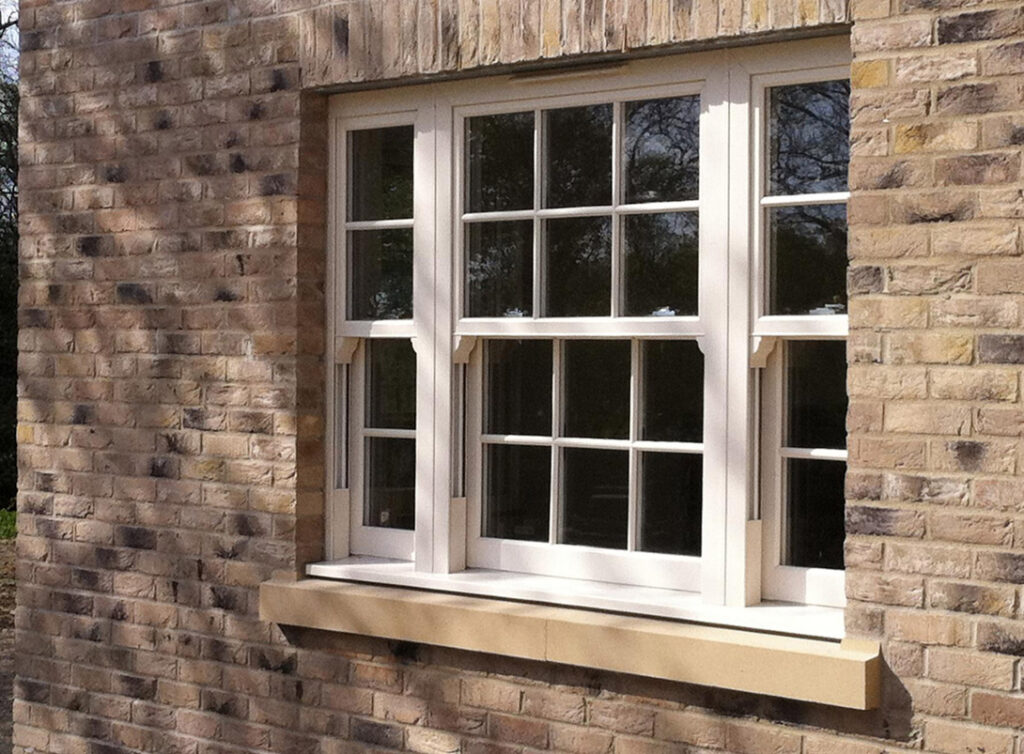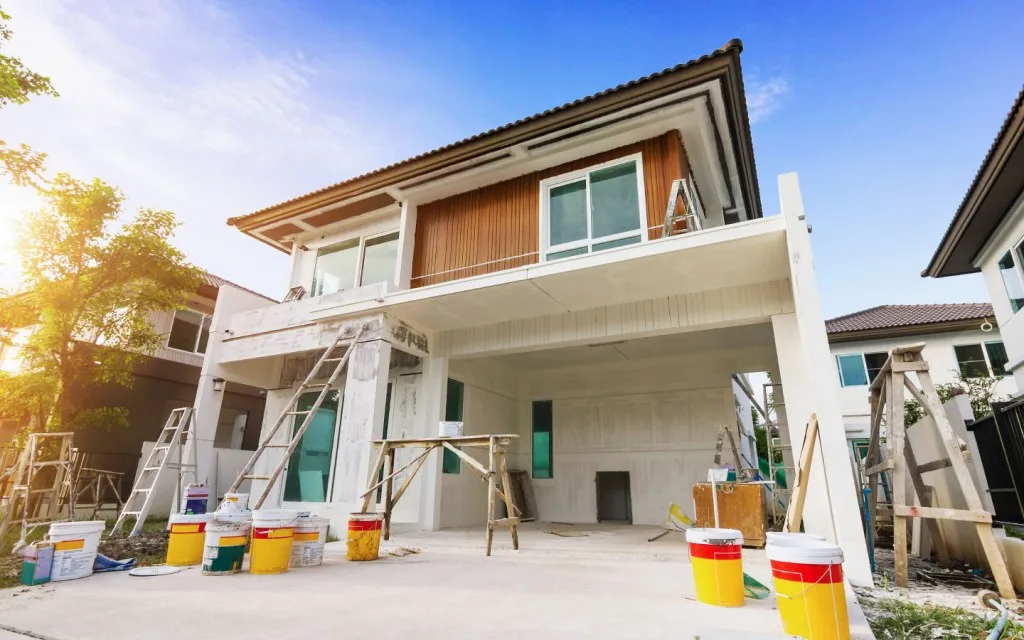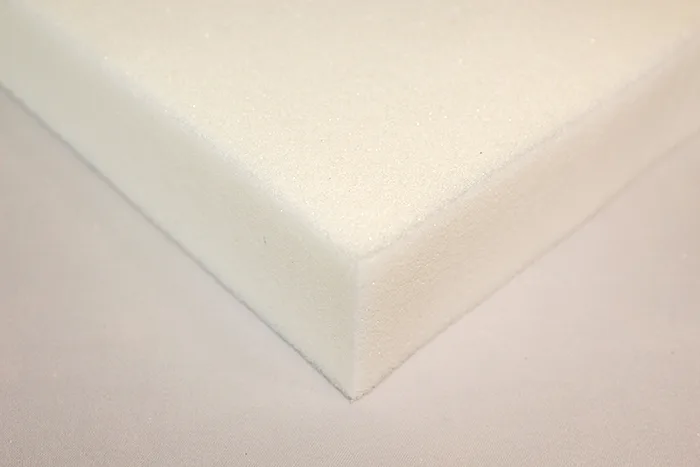Introduction:
Windows are not just functional elements of a building; they are also key design features that contribute to the overall aesthetic and character of a structure. When it comes to unique architectural styles, customizing windows becomes a vital aspect of creating a harmonious and visually appealing design. In this guide, we’ll explore the art of customizing windows to complement specific architectural styles, showcasing how this detail can elevate the beauty and functionality of any building.
The Significance of Architectural Harmony:
Achieving architectural harmony involves ensuring that every element of a building’s design, including windows, works together cohesively. Customizing windows allows for a seamless integration of design elements with the overall architectural style.
Analyzing Architectural Styles:
Understanding the distinct characteristics of different architectural styles is crucial. Whether it’s the ornate details of Victorian architecture or the clean lines of modernist design, each style presents unique opportunities for window customization.
Materials and Finishes:
Selecting the right materials and finishes for windows is essential for achieving authenticity in design. For instance, wood frames may be ideal for traditional styles, while metal or glass might better suit contemporary or industrial aesthetics. Elevate your architectural style with Sliding Sash Windows – Tailored solutions for unique window designs.
Window Shapes and Designs:
Tailoring window shapes to suit the architectural style can significantly impact the overall look of a building. From arched windows for Gothic designs to large, geometric windows for modernist structures, customization options are vast.
Balancing Form and Function:
Customized windows should not only enhance the aesthetic appeal but also serve practical purposes. This includes considerations like natural light, ventilation, and views of the surrounding environment.
Preserving Historical Integrity:
When working with historical or heritage buildings, it’s essential to respect and preserve their original design. Customized windows should replicate or complement the historical window styles and materials.
Energy Efficiency and Modern Technology:
Incorporating modern technologies, such as energy-efficient glazing or smart window systems, can enhance the functionality of customized windows while maintaining the integrity of the architectural style.
Local Regulations and Building Codes:
Complying with local regulations and building codes is paramount when customizing windows. It ensures that the modifications align with safety and construction standards.
Collaboration with Architects and Designers:
Working closely with architects and designers can provide valuable insights and expertise in customizing windows to suit the specific architectural style. Their input can help refine design choices.
Showcasing Unique Features:
Customized windows have the potential to become standout features in any architectural design. Whether through intricate detailing, unique shapes, or innovative materials, they can be a focal point of the building’s visual appeal.
Conclusion:
Customizing windows is an art that requires a deep understanding of architectural styles and a keen eye for detail. When executed thoughtfully, customized windows can transform a building, adding a layer of sophistication and authenticity that complements its unique architectural style. By prioritizing both form and function, you can achieve a seamless integration of windows into the overall design, resulting in a truly exceptional architectural masterpiece.
FAQs
1. Why is customizing windows important for architectural styles?
- Customizing windows allows for the integration of design elements that complement the overall architectural style, creating a cohesive and visually appealing look. It helps achieve harmony between the building’s design and its windows.
2. How do I choose the right materials for customizing windows?
- The choice of materials depends on the architectural style. For instance, wood frames may be suitable for traditional styles, while metal or glass might better suit modern or industrial aesthetics. Consider durability, authenticity, and maintenance needs.
3. What factors should I consider when customizing window shapes?
- Window shapes should align with the architectural style. For example, arched windows are often associated with Gothic designs, while large, geometric windows can complement modernist structures. Consider the impact on both aesthetics and functionality.
4. How can I balance historical integrity with window customization for heritage buildings?
- When customizing windows for heritage buildings, it’s important to replicate or complement the original design. Pay attention to historical details, materials, and proportions to maintain the building’s authenticity while enhancing functionality.
5. Are there specific regulations or codes I should be aware of when customizing windows?
- Yes, local building codes and regulations must be followed when customizing windows. This ensures that modifications meet safety and construction standards. Consulting with professionals familiar with local regulations is advisable to avoid any compliance issues.



